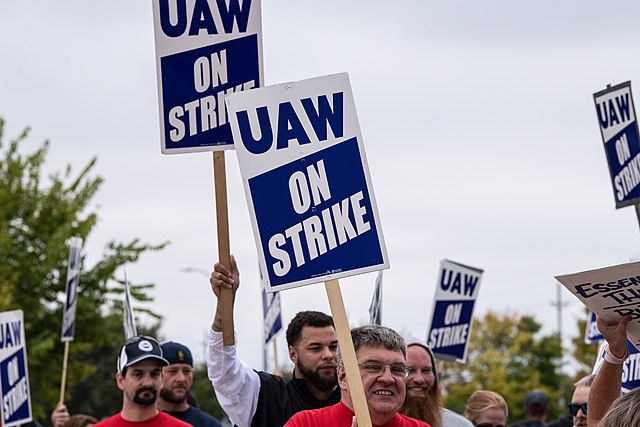In a significant turn of events, negotiations between the United Auto Workers (UAW) and major automakers, including Ford, General Motors (GM), and Chrysler parent Stellantis, have shown signs of progress as the strike enters its 20th day.
On Tuesday, Ford unveiled a “comprehensive” proposal featuring a more than 20% wage increase, with the first year seeing double-digit growth. When combined with prior cost-of-living adjustments, insiders suggest the total offer may near 30% for the contract’s duration.
While negotiators for the UAW and Ford have managed to narrow their differences on pay increases following the new offer from the automaker, the negotiations are far from over. Significant issues, including pay, union representation at future battery plants, and retirement plans, remain unresolved.
UAW President Shawn Fain was set to update the union’s 150,000 members at Ford, GM, and Stellantis on Friday. However, Fain’s next move remains ambiguous. Whether he would order more walkouts or declare that adequate progress has been made to delay strikes at additional plants is still under speculation.
So far, the strike has led to layoffs at GM and Ford plants and disruptions in the supply chain. A survey of auto parts makers indicated that nearly 30% had already laid off workers due to the UAW strikes, with 60% expecting more layoffs by mid-October if the strikes continued.
Indicating preparations for a protracted battle, General Motors recently obtained a fresh $6 billion credit line. Additionally, the automaker assessed the UAW strike’s cost at $200 million for the third quarter, as per a company spokesperson.
While wage-related differences have narrowed, the strike’s impact on automakers, workers, and the broader automotive industry remains a matter of concern.



